Honda has dreamed the impossible dream to agree to do what established car companies have resisted for years: become a contract manufacturer.
The agreement between Honda and Sony to jointly work on a new electric-car brand “aligns the technological assets of both companies”, said Honda, as they work to launch their first car in 2025.
In doing so, the two Japanese brands have made a bold move to marry the skills of a software company with the manufacturing and engineering knowhow of an automotive brand.
The combination is one that is being investigated globally as cars become more defined by their software than hardware, but most notably it’s happening in China. Examples there include Geely’s link-up with technology giant Baidu to create the self-driving Jidu brand, with Geely taking the lead on the engineering and manufacturing sides.
Stellantis’s partnership with Apple iPhone-maker Foxconn to develop digital cockpits and connected services via the new Mobile Drive division is another good example, according to Jonathan Davenport, analyst at consultants Gartner.
“There's this coming together of automotive and consumer electronics and software that consumer electronics brands think they can leverage,” he said.
For Autocar Business webinars and podcasts, visit Autocar Business Insight
Sony first showed its interest in cars back in 2020 at the Consumer Electronics Show in Las Vegas, when it revealed the Vision-S electric saloon. It was that rare thing in the automotive industry: a genuine surprise. It wasn’t so much the smoothly generic design that wowed showgoers but the completeness of the concept.
Sony tried to deflect by saying it was more a showcase of some of its technology, for example cameras, but it was clear the interest was there.
Sony then returned to CES this year with the Vision-S O2 SUV, before Honda and Sony made their joint announcement in early March “to establish a joint venture to engage in the joint development and sales of high value-added battery electric vehicles and commercialise them in conjunction with providing mobility services”.
Sony’s entry into the new software-defined automotive era makes sense. It may not have much of a share in the mobile phone market, but its experience selling PlayStation video-game consoles will have useful carryover, with shared hardware elements like chipsets and digital services, such as downloads and over-the-air software upgrades.


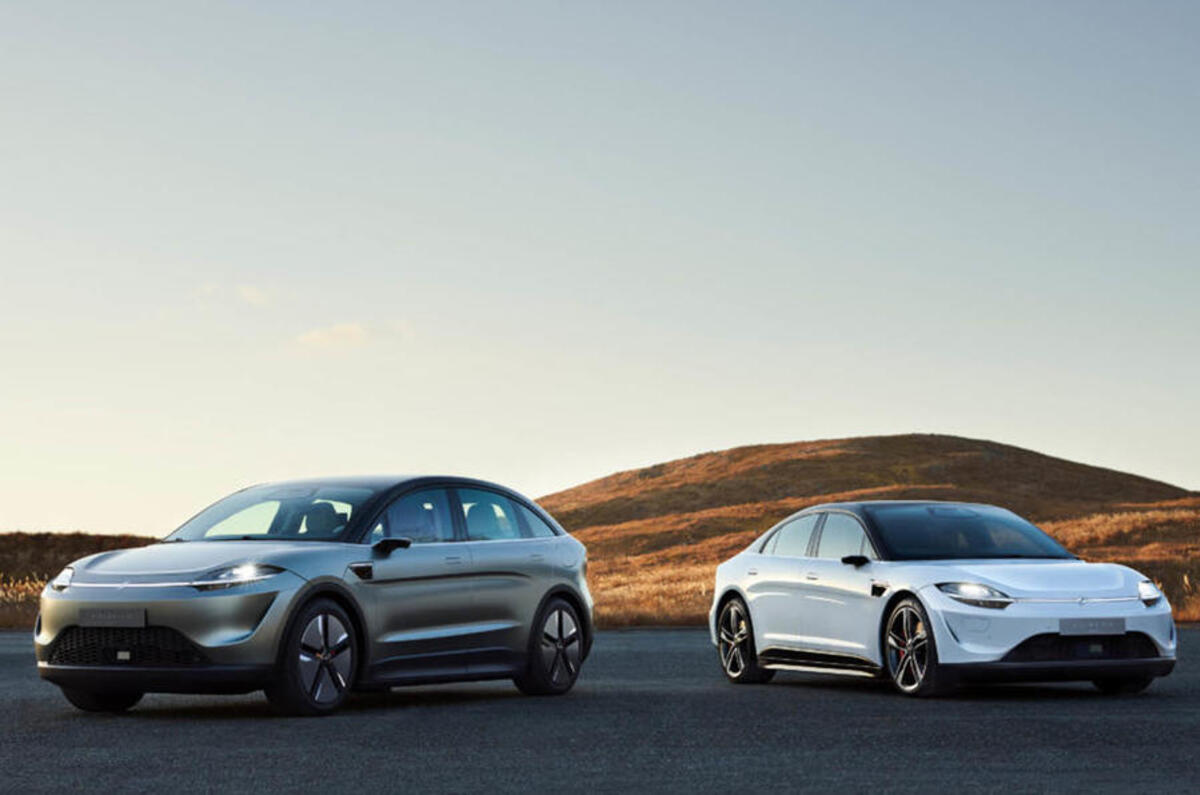
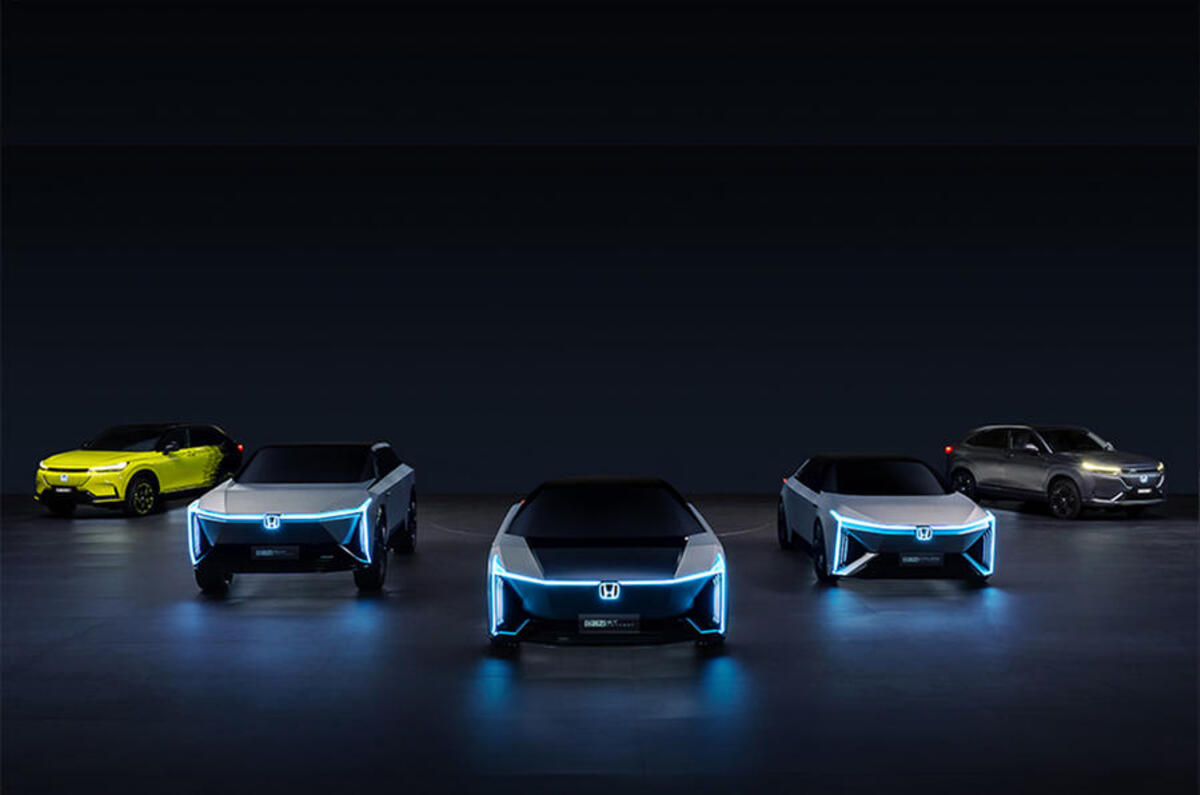
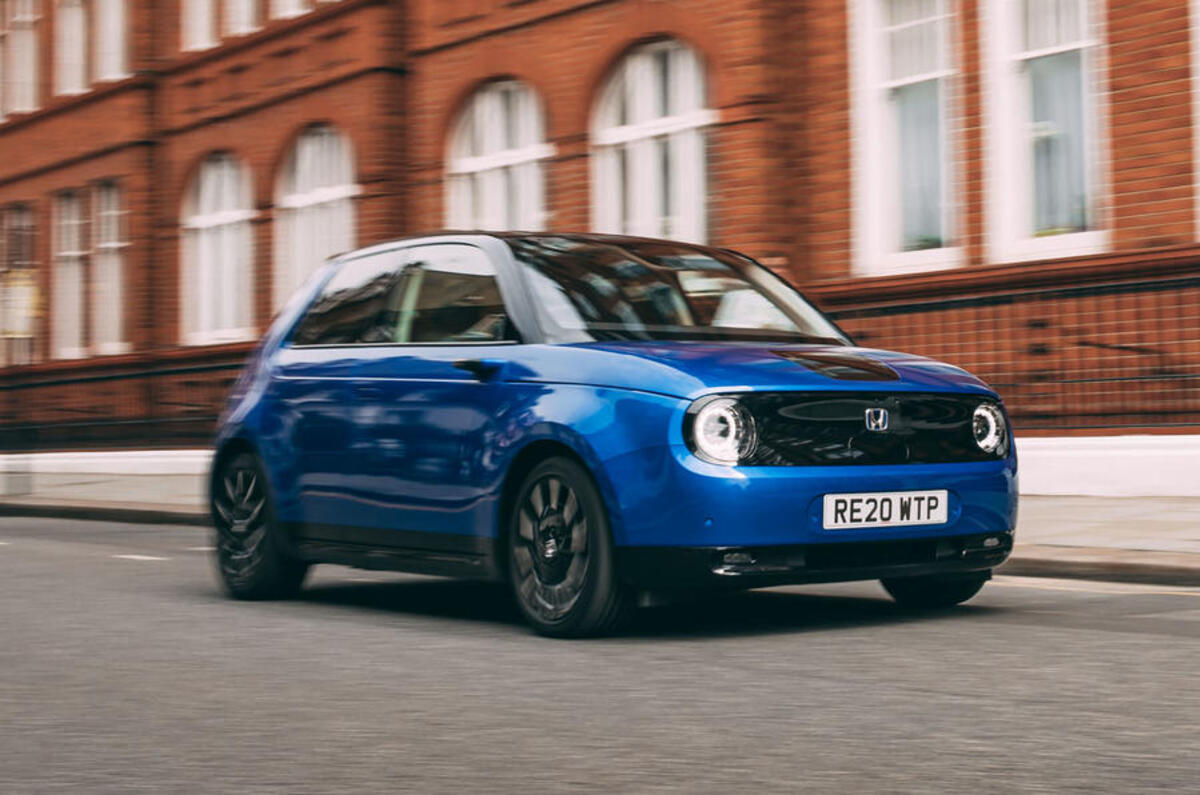
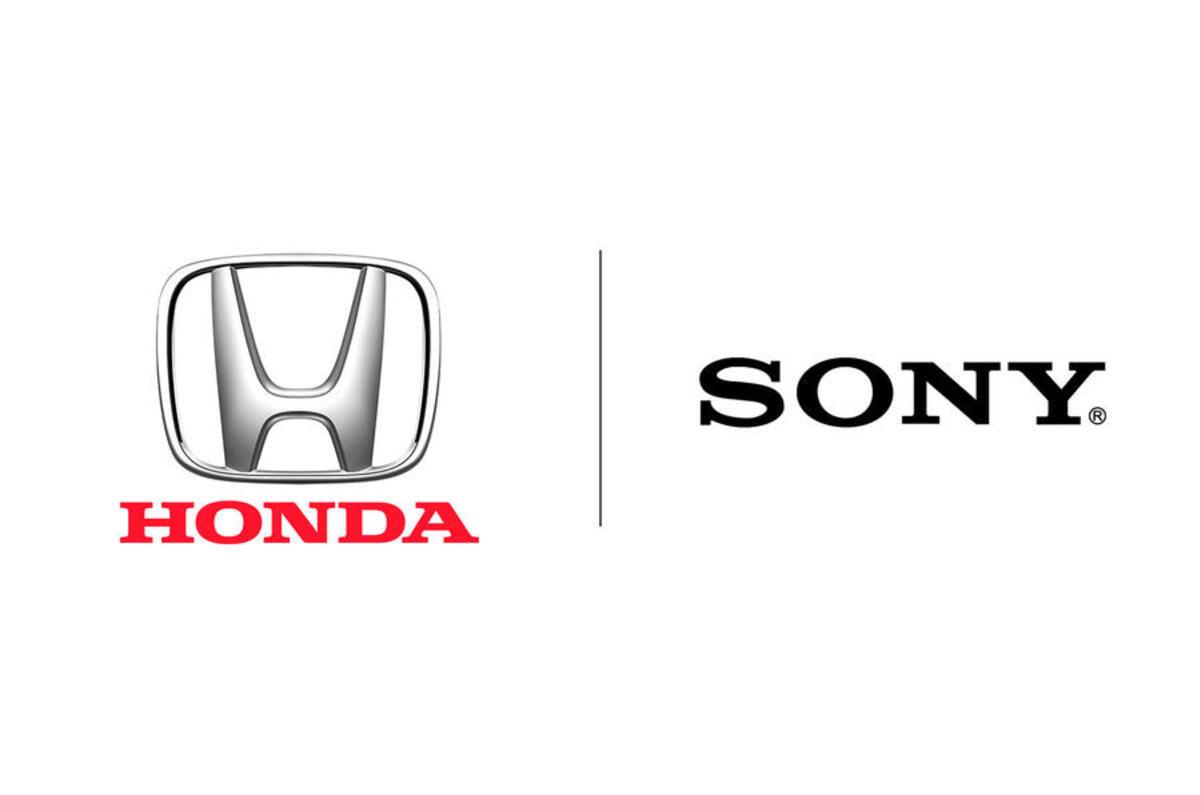
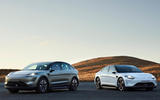


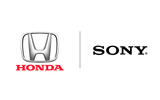


Join the debate
Add your comment
I would say to Honda to look at what Sony did with respect to Nintendo and be wary of what you tell them about your business.
I know that this is a long way off in the planning and brand/company's development stages, but the question will have to be answered: Will these products: mainstream, premium or true luxury vehicles? Granted, as BEVs they, like Tesla's, they will be expensive but Tesla's aren't luxury vehicles. Add to that, if the the joint owned company does use one or, somehow, both of their names, it will have to start at the bottom in gaining credibility among a sea of other products that have had time prove themselves, as well as live up to whatever place they feel they should hold in the market place! Here is a thought though: What if they named the new joint automaker Acura?! Acura does not exist in Europe and onky has a small foot print in North America, its biggest matket! With a few styling changes, the vehicles could added to Europe little problem and be included in their NA line up as with their other ICE vehicles and the BEV that Honda is contracting from GM. I'm sure their would be issues with Acura going from being a wholly owned product brand of Honda's to being co-owned with Sony, or even if this could work. Yet, at least in NA, thus new company wouldn't be starting from scratch and potential Europe customers would have an idea of where these products sit in the automotive landscspe: An Asian Luxury brand, founded in the US! On second thought, maybe not?
This illustrates why Tesla was right to push on through the pain of ramping up without a legacy partner. It almost went catastrophically wrong, but they made it. If even Apple doesn't have the balls for it, it's another massive point of difference for Tesla. The learning being, if the OEMs say it can't be done, and your pockets are deep enough, do it. Unless your Dyson and guided purely by arrogance and ego, in which case you die on your arse.
Dyson was so condescending to the entire industry. Acting like he could simply breeze in and do it better than everyone else.
You make vacuum cleaners pal!